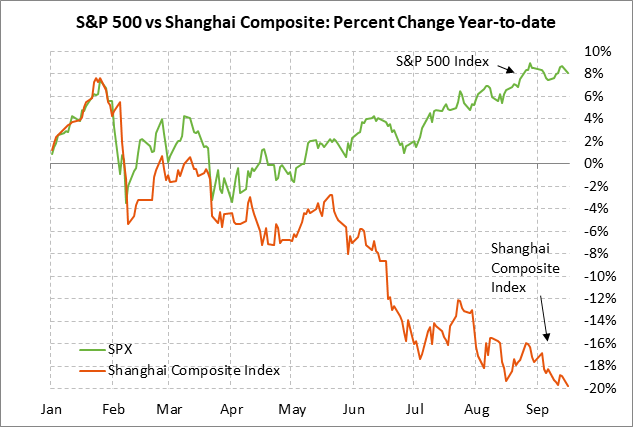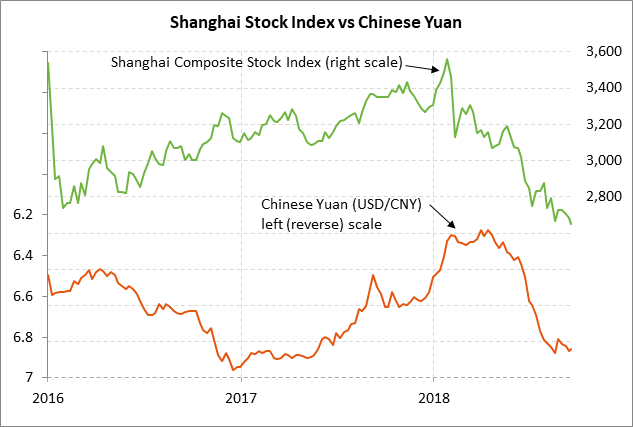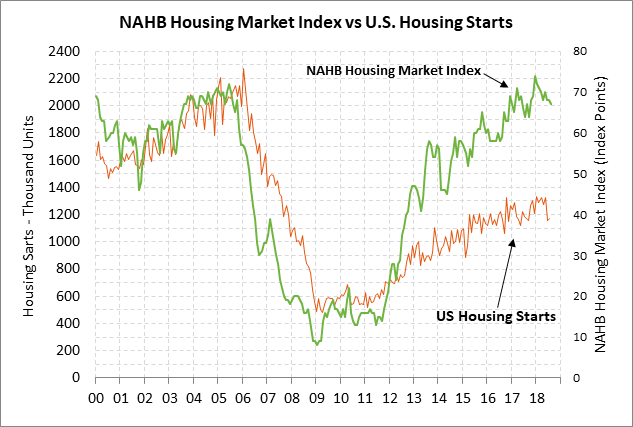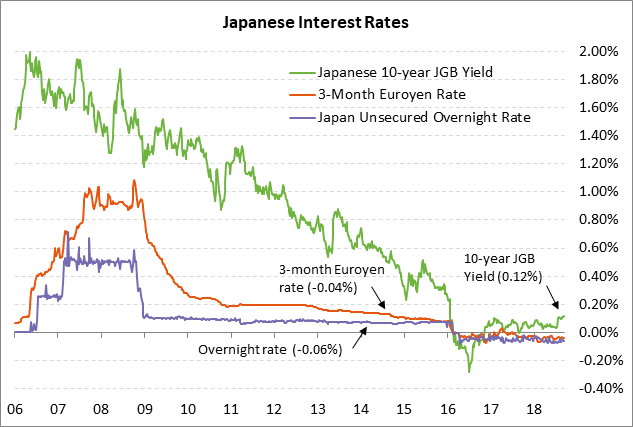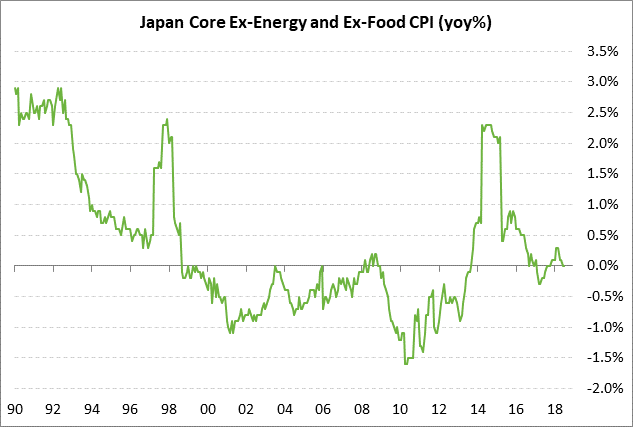- US/China trade tensions substantially worsen with Trump imposing tariffs and China indicating it won’t negotiate
- NAHB housing market index expected to edge lower
- BOJ expected to leave policy unchanged
US/China trade tensions substantially worsen with Trump imposing tariffs and China indicating it won’t negotiate — The Trump administration’s tariff announcement early Monday evening was worse than expected because the tariff will ramp up from an initial 10% to 25% on Jan 1. The markets, by contrast, had been hoping for a tariff of only 10% based on reports over the past few days.
Administration officials said that the 10% starting point for the tariffs is designed to give U.S. businesses a few months to move their supply chains out of China before the tariff steps up to 25%. The administration dropped some products from the tariff list due to protests by American businesses, but the total amount was left unchanged at $200 billion. Adding to the hawkish tone of the announcement, the 10% tariff will go into effect in just six days on Sep 24, which means that the Trump administration did not want to leave any time for negotiations to try to avert the tariffs.
Now that the Trump administration has gone ahead with its tariffs, China can be expected to cancel the trade talks that were tentatively set for the next two weeks, according to reports from Bloomberg and other news outlets. Treasury Secretary Mnuchin will not get his trade talks and he has again been outmaneuvered by the administration’s trade hawks and indeed overruled by the President himself. China can also be expected to quickly announce the retaliatory tariffs it already promised on another $60 billion of U.S. goods, which means that about 80% of U.S. exports to China will soon be subject to a penalty tariff.
Assuming that Chinese officials cancel the trade talks, President Trump in addition is likely to make good on his threat to begin the procedure of slapping tariffs on another $267 billion of Chinese goods, as he recently threatened. That would mean that virtually all U.S. imports from China, totaling about $575 billion over the last twelve months, could be subject to penalty tariffs by the end of this year or early 2019.
President Trump’s tariff tax on Chinese imports will have a stagflationary impact on the U.S. economy, i.e., the tariffs will put upward pressure on inflation and will undercut economic growth. That could put the Fed in the tough position of being forced to raise interest rates to address inflation concerns even as the economy cools.
There appears to be little prospect for a cooling of US/Chinese trade tensions in the near future. China appears to see little point in negotiating and may be playing the long game of waiting out however long Mr. Trump’s presidency may last. Meanwhile, President Trump is frustrated by the refusal of Chinese officials to agree to major concessions and appears determined to keep jacking up the pressure on China until something breaks.
As long as the Chinese stock market remains weak and the U.S. stock market remains strong, President Trump is likely to believe that he is in the driver’s seat. Indeed, U.S. stocks continue to hold up relatively well despite the tariff threats, while Chinese stocks continue to move lower. The S&P 500 index is up +8.0% year-to-date, while the Shanghai Composite index is down -19.8% year-to-date. The Shanghai Composite index on Monday fell by -1.11% and is poised to take out last week’s 2-1/2 year low, where the index had corrected lower by -26.20% from January’s 2-3/4 year high.
With the downward pressure on emerging market stocks and with the specific downward pressure on China from U.S. tariffs, there is every reason to worry that Chinese stocks could fall substantially farther. Chinese investors may be underestimating the extent of the Trump administration’s determination to inflict enough pain on China to bring Chinese officials to the bargaining table with major concessions.
NAHB housing market index expected to edge lower — The market is expecting today’s Sep NAHB housing market index to fall by -1 point to 66, adding to Aug’s -1 point decline to 67. The index has moved slowly lower this year to Aug’s 10-month low of 67 from December’s 19-year high of 74. The index has been moving lower as U.S. home builders lose a little confidence due to weaker home sales and higher mortgage rates. New home sales fell in June-July by a total of -4.1% to a 9-month low of 627,000 where sales were down by a total of -12% from November’s 11-year high of 712,000.
BOJ expected to leave policy unchanged — The market consensus is for the Bank of Japan at its policy meeting on Tue/Wed to leave its policy variables unchanged. The BOJ at its late-July meeting widened the band to +/- 0.20% from 0.10% around its 10-year JGB yield target of zero. The result has been that the 10-year JGB yield in the past two months has risen by about 6 bp to an average of about 0.11% from the previous average near 0.05%. In a further tightening move, the BOJ in recent months has mildly reduced its JGB purchases, thus resulting in a stealth tapering of its QE program even though it still says it is targeting 80 trillion yen of security purchases annually. However, the BOJ tried to offset the impact of its more hawkish moves at its late-July meeting by adopting guidance that said that interest rates will remain low for an extended period of time.
The market is not expecting the BOJ to explicitly raise interest rates until after the BOJ sees how the economy reacts when the sales tax is raised by +2 points to 10% in October 2019. The Japanese economy is doing well right now, but there are trade risks and Japan’s inflation rate in any case remains far below target, thus discouraging the BOJ from any serious tightening moves. Japan’s July CPI of +0.9% y/y was well below the BOJ’s 2% inflation target, and Japan’s July CPI ex food and energy was even weaker at zero.

